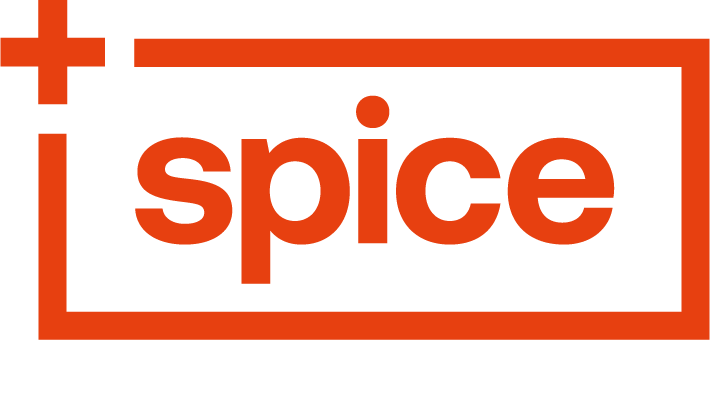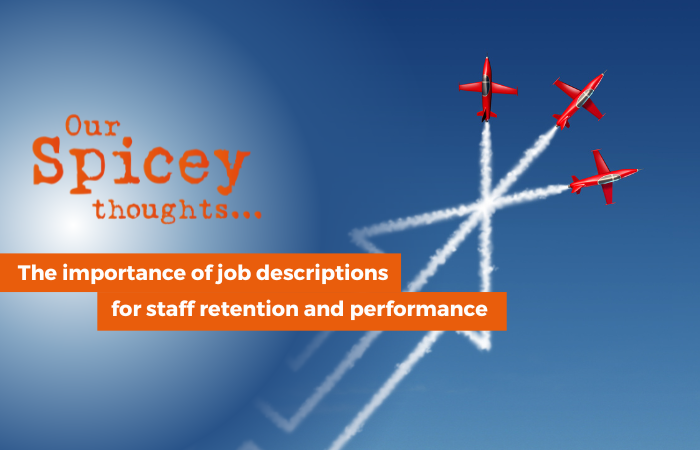 How To Find The Elusive Work Life Balance
How To Find The Elusive Work Life Balance
Rollercoasters can be a lot of fun, but imagine if you were forced to ride one when you weren’t really in the mood for excitement.
You’d probably be more stressed than excited, but you’d tolerate it, dust yourself off and move on.
But what if someone forced you onto that rollercoaster again and again, never giving you time to prepare and never telling you how many times you’d have to go around the loop-de-loop before you were allowed to disembark.
Even a resilient lover of thrill rides would tire of that vicious cycle, becoming worn out, anxious, and just plain over it.
That’s where we’re at, folks. We’ve been riding the COVID rollercoaster for nearly two years. And even though New Zealand had a pretty decent break, we find ourselves thrust back onto the ride, whether we like it or not.
So, what can we do?
How To Find The Elusive Work Life Balance
Prioritising What’s Important
Uncertainty takes a toll on our ability to work, parent or even just do what needs to be done around the home. That’s why mental wellbeing is more essential now than ever – and finding work life balance plays a significant role in our mental health.
Let’s talk about why it’s so important to switch off from work and how to separate home and work life.
We’ll also share some valuable mental wellbeing resources to help you and your team survive the COVID rollercoaster together.
Climb aboard and buckle up!
Why Finding The Work Life Balance Is More Important Than Ever
If your resilience and tolerance are wearing thin (or long gone), it’s understandable. The uncertainty of being in and out of lockdown, working from home, parenting from home, and living under social restrictions is stressful for everyone.
Work life balance has been a hot topic for years, but in the current pandemic climate, it’s a lot more complicated than it once was.
The lines between work and home are becoming increasingly blurred. While that’s particularly true for those working from home, it’s still relevant for essential workers who need to leave the house.
Partners or flatmates may be working from home, changing the home environment completely, and if you have kids, the juggle struggle is real, regardless of whether you work from home or not.
On top of all this, we’re trying to cope with worries and fears about illness, sick friends and family, and an uncertain future – both personally and professionally.
That’s an awful lot to deal with.
The Mental Wellness Discussion
With everything that is currently going on, mental wellness has become a crucial conversation.
If we don’t prioritise work life balance and take care of our mental health, we’ll find it hard to cope with any aspect of life.
The ongoing stress can result in unproductivity, loss of motivation, depression, and anxiety. And if we don’t find ways to mitigate the demands of work and home, we’re likely to experience that stress physically, too, with fatigue, headaches, digestive issues, and long-term health issues.
Not only do we need to take responsibility for our own mental health, but we need to support those around us too – our friends, family, colleagues and employees.
It may have been said so much that it’s become something of a cheesy cliché, but we are all in this together!
How To Separate Home And Work When Working From Home
How’s the productivity going now that you’ve been working from home for a while? Should be a piece of cake, right? Do you have your routine sorted? Do you knock off on time every day? Are you more productive than ever?
If the answer is yes, then virtual high five for you – you’ve nailed the demands of WFH.
But for so many workers, the struggle continues. Working from home isn’t all it’s cracked up to be, and it can be hard to separate home and work.
If that’s you, here are some tips to help you regain that work life balance.
Stick to a morning routine
Resist the temptation to get straight on the laptop to start work the minute you wake up. Try to stick to the same kind of routine you had before COVID. Maybe you’re a morning person and used to exercise and shower before heading to work. Or perhaps you grabbed a coffee at the gas station and sat in traffic every day.
Either way, create some kind of routine to separate your home life from your work life. Get up, get ready, walk around the block, then arrive in the “office” and get to work.
Create a dedicated workspace
If possible, devote an area of your home to your workspace. Resist working from the bed or couch – it’s too distracting (and horrendous for your back!). If you have a separate room to work in, fantastic! Set that area aside and only use it for work.
If not, make do with what you have, but make it your designated work area. You may have to work at the dining room table, but choose a special chair or cushion, and only use that for work and nothing else.
Leave the Office at the End of the Day
Create an end of work routine to separate your workday from home. Don’t sit and browse your laptop once you are finished. Instead, get up and leave – even if it’s just to walk around the garden!
Establish boundaries – and stick to them
Make sure you, your manager, your colleagues (or clients) are clear on your work hours. Agree that work emails or phone calls only happen between those times, and resist the temptation to fire off a “quick” email outside of those hours.
Don’t forget to set boundaries with your family or housemates too. Let them know that when you’re working, that’s work time, and you’re not available for chores or chats. The best way to get the time you need is to communicate that you need it.
Take breaks
Schedule a lunch break and stick to it. Don’t spend that lunch break on your computer – step away! Go outside and take some deep breaths, grab a book to read while you eat, or chat with the family. Take regular breaks away from your workspace during the day, too.
Ask your employer for support
If you’re struggling to cope, be open with your employer. The best organisations will have strategies to address health and wellness. Ask for resources to help you manage overwhelm.
Go easy on yourself
You know those people you see on social media who are nailing their careers, baking delicious meals, home schooling their kids and doing yoga every day? Forget about them.
Even if their posts accurately reflect their lives (and chances are, they don’t), you are not them. You don’t have to do everything perfectly. It’s ok just to cope. It’s ok if you’re not coping. Give yourself a break and focus on what you are achieving instead of what you’re not.
Take care of your physical health
Your physical health directly impacts your mental health, and vice versa. It’s important to prioritise habits and activities that improve both. That means finding time to exercise (even if it’s dancing around the house) and eat well.
Oh, and don’t forget to laugh! Find things that make you smile and forget about the rollercoaster for a while.
Health And Wellbeing Resources
Rather than you having to trawl the internet for resources that might be helpful, we have compiled a handy list:
Mentemia
App and Website – Tried and tested tools to help promote and manage well being. Free for general use, but with tailored options available to businesses.
Mental Health Foundation
Practical wellbeing tips and advice based on the Five Ways to Wellbeing.
Working Well Guide
Resources for workplace wellbeing.
Getting Through Together
A pool of resources, tips and inspirational stories focused on health and wellbeing during COVID-19.
Working Well
A guide to mental health in the workplace.
Staying on Track
A free e-therapy course teaching you practical coping strategies for the COVID rollercoaster.
Small Steps
Digitally-based tools to help you maintain mental wellness.
Whakatui Mai – The Wellbeing Sessions
Free virtual community events aimed at supporting well being in real-time.
A Mental Health Guide for New Zealand Leaders
Comprehensive document aimed at leaders and managers to help them support the mental wellbeing of their teams.
And, of course, if you are feeling stuck, overwhelmed or unsure of how you can support your team with creating a good work life balance, then get in touch with the Spice Gals today. We can help you create a plan that supports your team remotely or in-person.









 How To Find The Elusive Work Life Balance
How To Find The Elusive Work Life Balance